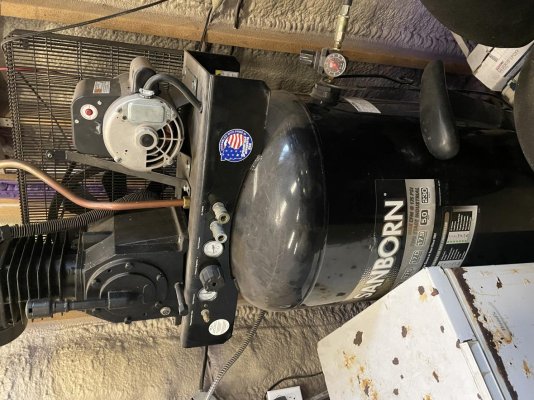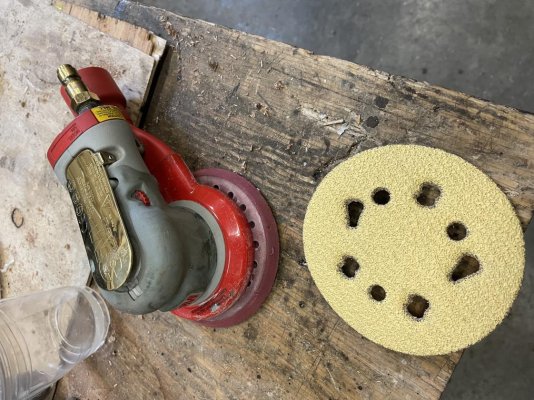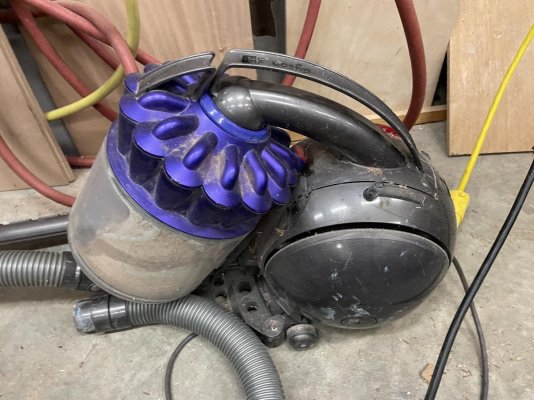In building furniture the universal advice is to sand "with the grain". This allows leaving the scratches made by the sandpaper to align with the grain. Using a Random Orbital sander doesn't allow sanding with the grain, so to get a fine finish, with scratches from the paper going, by definition "at random, but generally orbitally", a much finer paper should be used and a less glossy finish, if one is required, applied.
On a teak deck, all of that is irrelevant, but does go to an assessment of what the desired outcome is. Just taking the ridges off can be done easily and quickly with a fairly coarse paper, and not caring what direction the paper is moved relative to grain direction. A flat sanding pad, whether on a sander or used by hand, is always better than one that conforms to the ridges being sanded.
On my teak rails, I use a Makita 1/4 sheet that is as old as my boat and lives there. Paper as fine as 400 grit does a great job in that application. I also have a Porter Cable 5" RO that I am very happy with.
On my teak decks, I have sanded ridges a couple of times, but generally shy away from anything that will shorten the life of the boards, so I tend to leave the ridges until I can't stand it any longer. At present I have a couple of boards that may get sanded flat within the next couple of years. Curiously, they seem to have deteriorated much more quickly than their immediate neighbours, and are located in mirror image ranks on the back deck, just outside the margins of the lazarette hatches, indicating the progress of the installation followed a mirror image, starting in the centre and encountered these boards at the same place in the ordered pile of available material.





